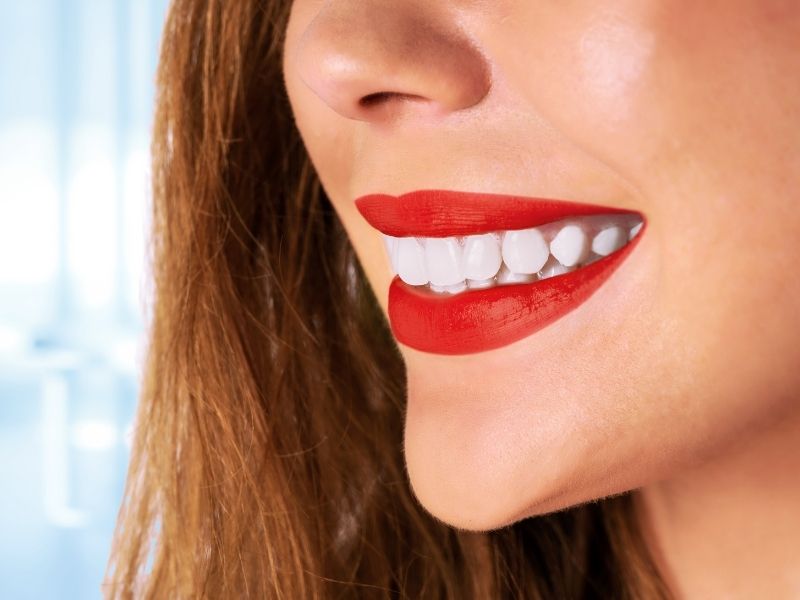Zirconium dental coating is a type of coating that is frequently preferred in aesthetic dentistry and stands out with its durability and natural-looking structure. Zirconium dental coatings offer a durable and natural-looking solution used to meet the aesthetic and functional needs of teeth. It is frequently preferred to eliminate problems such as color changes, fractures, decay or deformities in teeth. In addition, the absence of metal reflection on the gum edges provides a great advantage in terms of aesthetics.
What is Zirconium Coating?
Zirconium dental coating is a type of aesthetic dental coating material used in dentistry. Zirconium is a durable and biocompatible ceramic type, which makes it an ideal option for dental coatings. Zirconium coatings are preferred especially in front teeth to provide a natural appearance. Zirconium coatings, which have a more aesthetic appearance compared to metal-supported coatings, offer a very similar appearance to natural teeth with their light-permeable structure. At the same time, since zirconium is biocompatible, it is compatible with the gums and the risk of allergy is quite low.
How is Zirconium Coating Done?
Zirconium coating is a treatment process consisting of several stages. The stages of zirconium coating are as follows.
- Examination and Planning:
First, the dentist examines your teeth and evaluates the condition of the teeth that need to be coated. At this stage, aesthetic factors such as the size, shape of the teeth and the color of the coating are also discussed. X-rays and digital scans can also be used in this process.
- Preparing the Teeth:
The dentist abrades some of the enamel tissue from the surface of the tooth to prepare the teeth where the coating will be applied. This process is necessary for the coating to fit the tooth completely. The amount of abrasion is usually quite small, but may vary depending on the condition of the tooth and the thickness of the coating.
- Taking Measurements:
After the teeth are prepared, the teeth are measured. This measurement is used in the laboratory for the production of zirconium coatings. This stage is very important for the teeth to be imitated correctly.
- Temporary Coating:
While the zirconium coatings are prepared in the laboratory, a temporary coating is applied to protect the teeth and provide an aesthetic appearance. This temporary coating will be removed at the next appointment.
- Preparation of the Coating:
Zirconium coatings are produced according to the measurements taken in the laboratory. This process can usually take a few days. Zirconium is processed with high precision using CAD/CAM (Computer Aided Design and Manufacturing) technology.
- Attaching the Coating:
The ready-made zirconium coatings are placed on the tooth by the dentist. First, the coatings are placed on the tooth and their fit is checked. If everything is suitable, the coating is fixed to the tooth with a special adhesive. The dentist checks the fit of the coating with the gums and the occlusion again.
- Final Checks and Adjustments:
After the coating is fixed, final adjustments are made. At this stage, the bite and occlusion positions are checked and minor corrections are made if necessary.
Advantages of Zirconium Coatings
Zirconium coatings offer an appearance very similar to the natural color and structure of teeth. The gray reflection problem that can be seen in metal-supported coatings does not exist in zirconium. Thanks to their biocompatibility, they provide perfect harmony with the gums. The low risk of allergy also makes this material safer.
Zirconium coatings are long-lasting because they have high durability. They are especially resistant to chewing forces and do not wear. Since zirconium is a material with low thermal conductivity, sensitivity problems caused by hot and cold foods are generally not experienced. It does not cause gum recession and does not cause dark discoloration in the gums that can be seen in metal coatings. It is more resistant to breakage and cracking compared to other ceramic coatings. This is an important advantage especially for use on back teeth.




